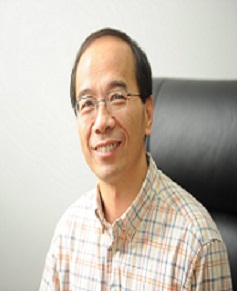| Biography | |
|---|---|
 Dr. Yong Wang East Carolina University and University of Electronic Sciences and Technology of China, China |
|
| Title: Thin cloud detection and removal in optical data | |
| Abstract:
Clouds selectively absorb and scatter the downward solar radiation and the upward radiation reflected from ground targets to optical sensors. Thus,remotely sensed optical data may not reveal the true spectral characteristics of a ground target. The presence of cloudsin optical datasets affects the Earth observation using spaceborne optical sensors. Clouds are spatiotemporally heterogeneous. Their identification, extraction, and removal are not entirely resolved yet although numerous cloud-related studies are conducted. One type of algorithms is the replacement approach using another dataset collected at different time. However, there are at least three concerns. There should be no clouds at the same regions in multi-temporal images or the replacement cannot be performed. Temporal variation of ground targets exists between the cloud-covered image and another cloud-free image. If another sensor is used to collect the cloud-free dataset, variations in sensor spectral, spatial, and radiometric resolutions as well as view-geometry can affect the outcome.Algorithms to remove thin clouds using the single image can generally overcome the concerns of the replacement algorithms. Thus, the latter algorithms are much more significant than the former ones because errors caused by multi-temporal or multi-sensor differences are avoided. Focusing on thin clouds and their removal, and using a single remotely sensed dataset, we summarize the achievements, and then present the theoretical framework of the detection, extraction, and removal of the clouds. Under the framework, the mechanism of the interaction between the cloud components and electromagnetic radiation is studied, and factors that are the most sensitive to thin clouds identified. Therefore, theusable-datapool is expanded after the cloud removal.The development of new theories and methods for quantitative remote sensing modeling and model-inversioncan be furthered.
| |
| Biography:
Wang obtained his Ph.D. degree from University of California at Santa Barbara, USA. He is a professor at the East Carolina University and University of Electronic Sciences and Technology of China. His major research interest includes SAR application, scale and scale effect on the extraction of urban targets using SAR data, studies of responses and variations of shorelines and coastal wetlands to changes of environments and climate, and to sea level rise, thin cloud removal in optical data, and image processing and analysis. He published over 100 refereed articles in journals and conference proceedings. The summary of the articles withGoogleScholar®includes 2081 citations, h-index as 24, andi10-index as 36.
| |
